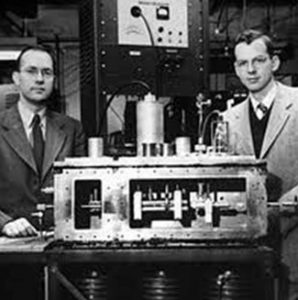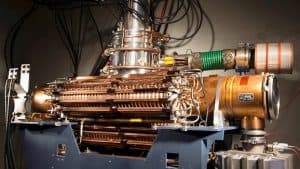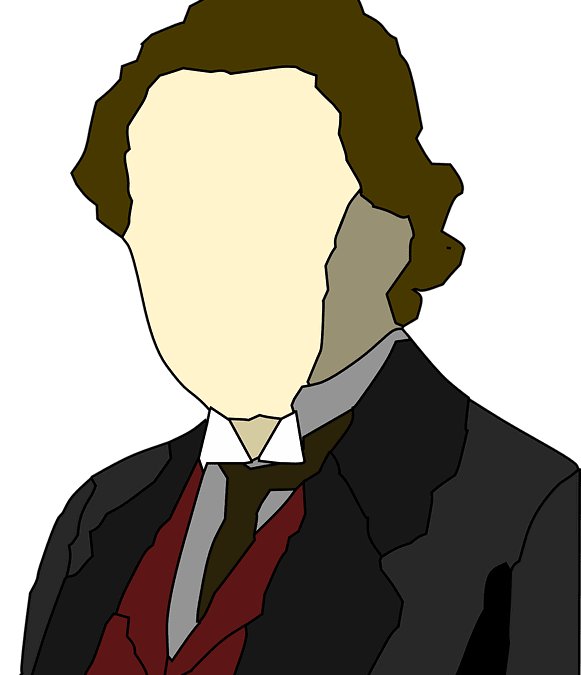Who Invented Light Amplification by Stimulated Emission of Radiation? The extent of Albert Einstein’s ingenuity may never fully be realized, but we do know that aside from his theory of relativity, he laid the theoretical foundation for the invention of the laser in 1917. But, did he invent lasers?
Not quite. According to Wikipedia, “in 1928, Rudolph W. Ladenburg confirmed the existence of the phenomena of stimulated emission and negative absorption”, an expansion of Einstein’s work. This led to physicists experimenting with and predicting the use of these emissions to amplify “short” waves. From 1947 to 1950, the likes of Willis E. Lamb, R.C. Retherford, and Nobel prize winner Alfred Kastler continued to research quantum physics and the interaction between light and atoms. Still, none of these scientists can be credited with the invention of the laser.
In 1953, American physicist Charles Hard Townes and two of his graduate students produced the first microwave amplifier, a device operating on similar principles to the laser, but ran into issues with continuous output. Nikolay Basov and Aleksandr Prokhorov at this same time were independently working on a quantum oscillator in Russia and solved the continuous output issue. (The Soviet Union had recently announced it had hydrogen bomb capabilities and international relations were rather tense.)

Fast-forward to 1957. Townes and Arthur Leonard Schawlow focused on visible light, moving away from infrared radiation. At the same time, over at Columbia University, graduate student Gordon Gould was working on his thesis about energy levels of excited thallium. Towns and Gould were introduced and spoke generally of their work in radiation emission. In November of that year, Gould “noted his ideas for a ‘laser’, including using an open resonator (later an essential laser-device component).” (en.wikipedia.org/wiki/Laser) However, Just a few months later, back in the USSR, Prokhorov independently published this same idea. To make matters even more confusing, Townes and Schawlow came to the conclusion of an open-resonator laser design and Gould had not published his work yet. Who gets the credit, then?

In 1959, Gould finally published the term LASER in the paper “The LASER, Light Amplification by Stimulate Emission of Radiation” and filed for a patent in April 1959. So, Gould gets the credit!
Not so fast. The U.S. Patent Office denied his application and instead awarded the patent to Bell Labs, where Townes and Schawlow worked. Sadly, this was the start of a 28-year lawsuit. It wasn’t until 1987 that Gould finally won the first significant patent lawsuit victory in the history of the US. He was given credit for the optically pumped and the gas discharge laser devices. Unfortunately, despite the patent award, historians are unable to officially assign credit for inventing the laser.

Despite the lack of credit, the invention of the laser has led to many applications that have improved life as we know it. Scientific, military, medical, industrial, commercial fields as well as the arts, have all benefited. From defensive countermeasure applications to confuse the seeker heads on infrared homing missiles to “No-Touch” removal of tumors by surgeons, lasers provide a high level of specialized application that would otherwise have been impossible. Here at the Open Bench Project, we’re excited to explore with our own awesome little laser by introducing our community to some popular and inspiring applications and innovations. We hope you’ll join us and we promise we’ll always be sure to give credit when credit is due!
And then some,
Your Friends @ OBP
Resources:
Click here for 50 fun facts about lasers.
Learn more about lasers in the military.
Learn more about lasers in the field of medicine.


Recent Comments